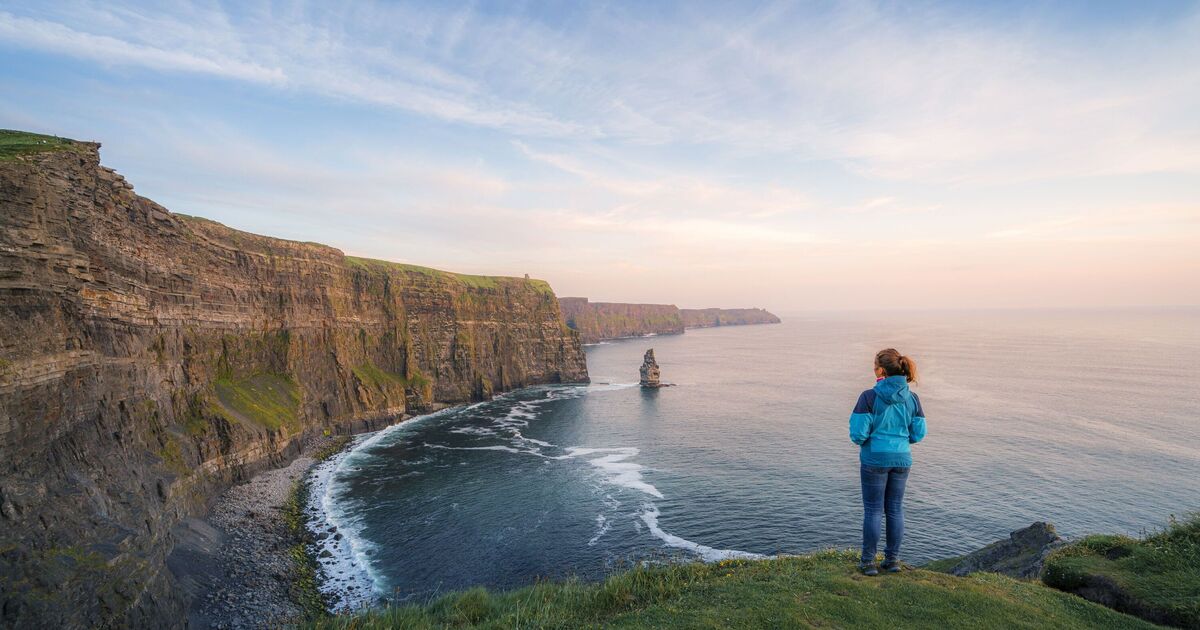Tourists in Ireland are “not welcome anymore” after day-trippers reportedly caused chaos in a popular holiday hotspot.
Recently, as visitor numbers to the Cliffs of Moher exceeded the capacity of the existing facilities, some nearby attractions expressed frustration with the influx of day trippers from Dublin, and urged bus companies to distribute visitors more evenly.
Narrow roads, like those around the Ring of Kerry, are barely able to accommodate the heavy summer traffic. Meanwhile farmers are struggling to transport their silage home amid the convoys of day trippers.
It comes as Irish journalist Eoghan Corry made the comments that tourists “aren’t welcome” anymore in an opinion piece for the Irish Examiner.
West Clare chose to opt out of Tourism Ireland’s promotion inspired by the Star Wars films to avoid the surge of tourists heading to Skellig Michael and Malin Head.
It comes as there is an imbalance in the distribution of tourism across Ireland. Specifically, five counties—Dublin, Galway, Cork, Kerry, and Antrim—receive the majority of visitors, accounting for around 70 percent of all inbound tourism.
One visitor to the Cliffs of Moher wrote on TripAdvisor: “First saw these four decades ago. How disappointing to find they are just another tourist trap these days, with expensive carparking, walls so we don’t fall off, and shops! The wild and lonely spot is sullied.”
A second added: ” Why is this attraction so popular? It’s expensive to visit, horrendously busy and nothing special.”
This means that the vast majority of tourists tend to focus on these well-known destinations, leaving other regions less visited.
The Cliffs of Moher are one of Ireland’s most iconic natural landmarks, located on the west coast of Ireland along the Atlantic Ocean in County Clare.
The cliffs offer breathtaking views of the Atlantic Ocean, the Aran Islands, and the rugged coastline of Connemara.
They are composed primarily of sandstone, siltstone, and shale, with layers dating back around 320 million years.
The vertical cliffs have been shaped by the relentless forces of nature, including wind and waves, over millions of years.
When it comes to the Wild Atlantic Way, a popular scenic driving route along Ireland’s west coast, the imbalance is even more pronounced.
Although the route extends from the southern tip in West Cork to the northernmost parts of Donegal, 80 percent of tourists who travel the Wild Atlantic Way stay in the southern section, from Galway city down to West Cork.
Only 20 percent venture northward towards Sligo and Donegal, despite the natural beauty and attractions in those areas.
This lopsided tourism pattern suggests that while certain areas of Ireland benefit greatly from tourism, others—particularly in the northern and less central parts of the Wild Atlantic Way—see far fewer visitors, potentially missing out on the economic and cultural benefits that come with a more evenly distributed tourist population.





